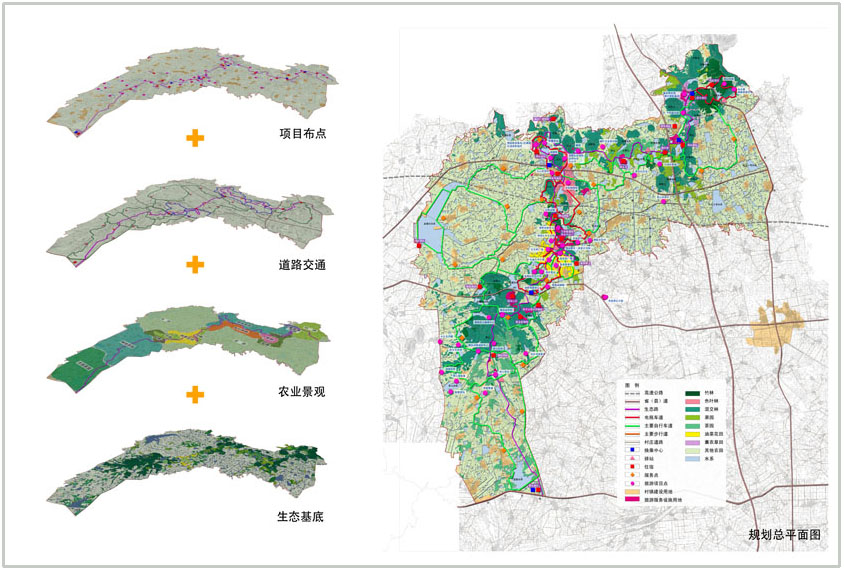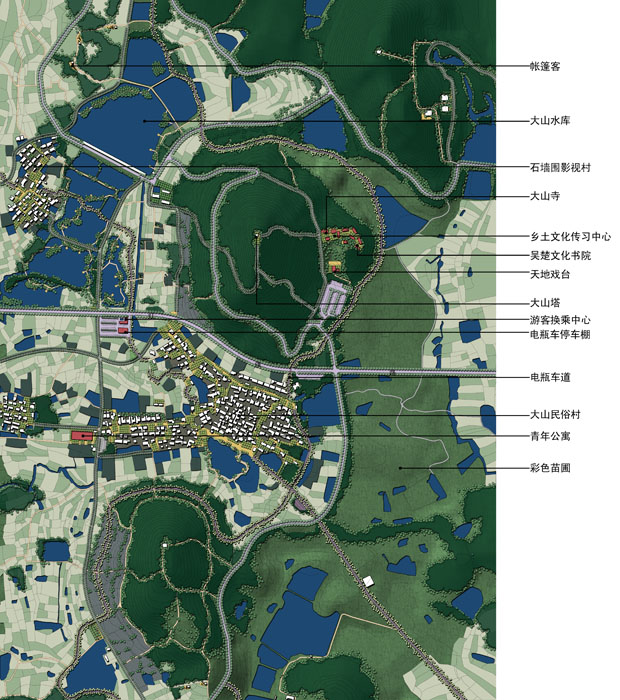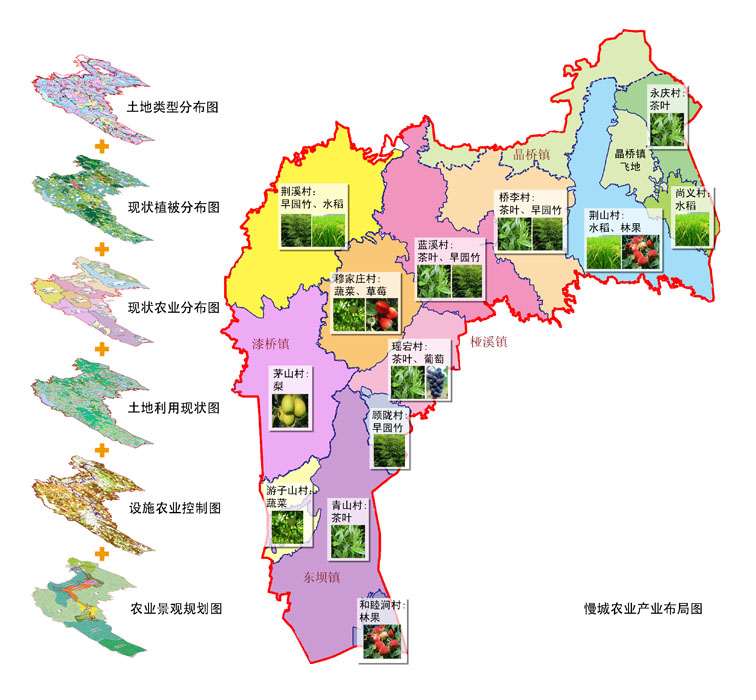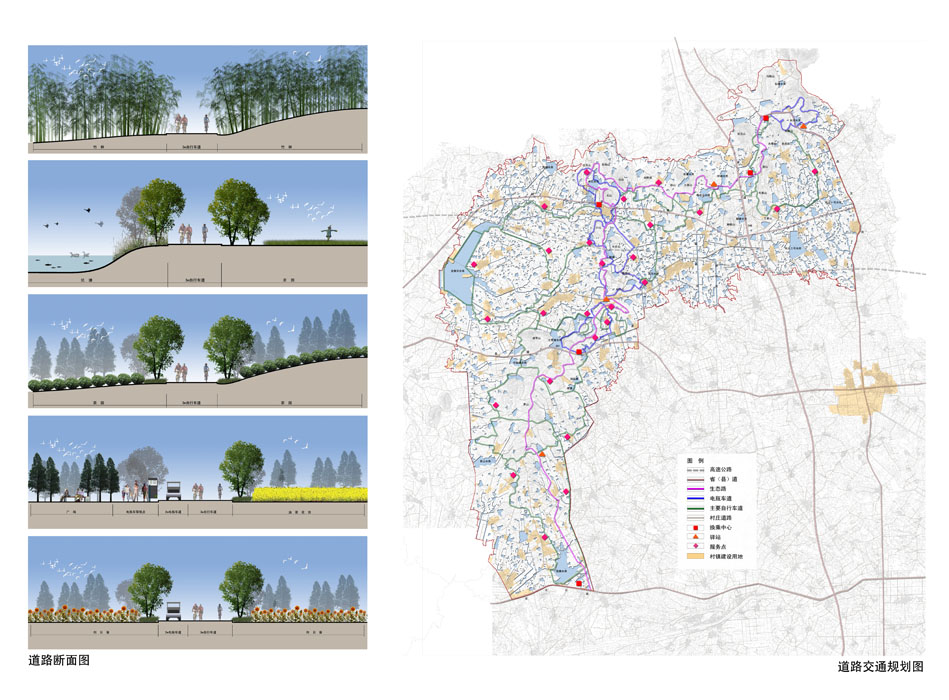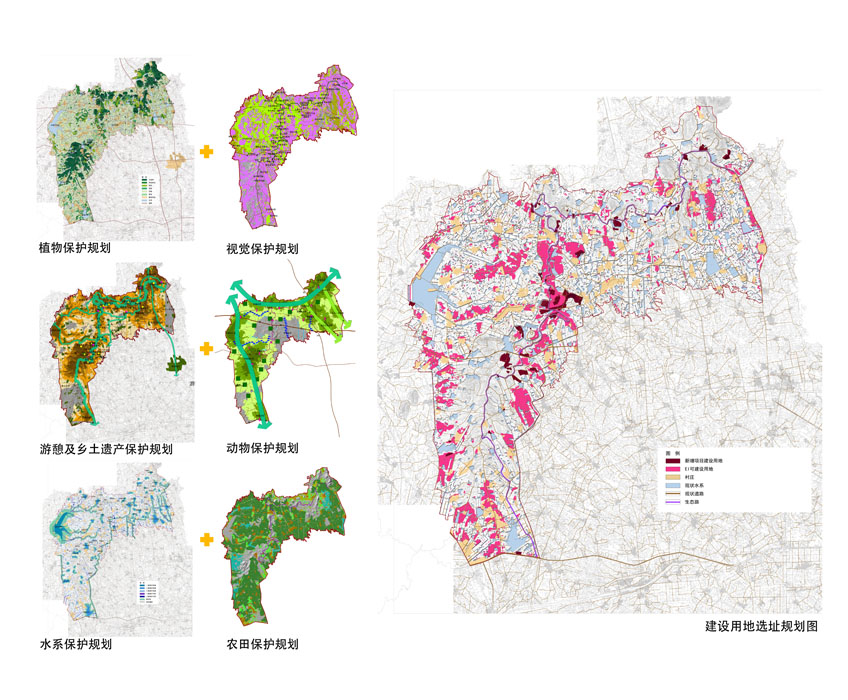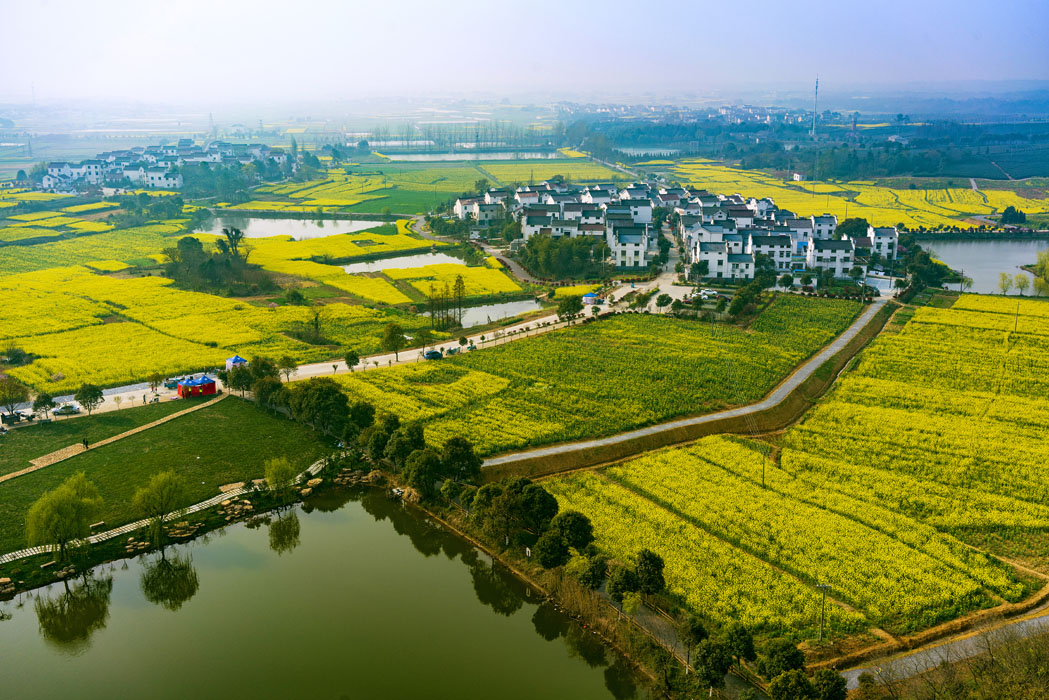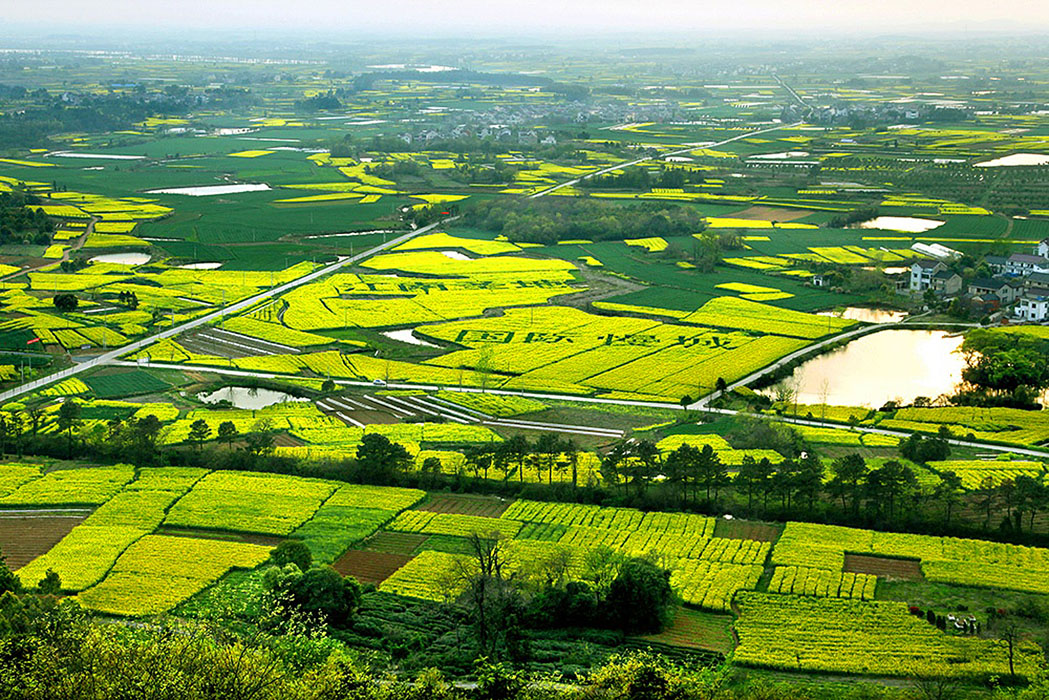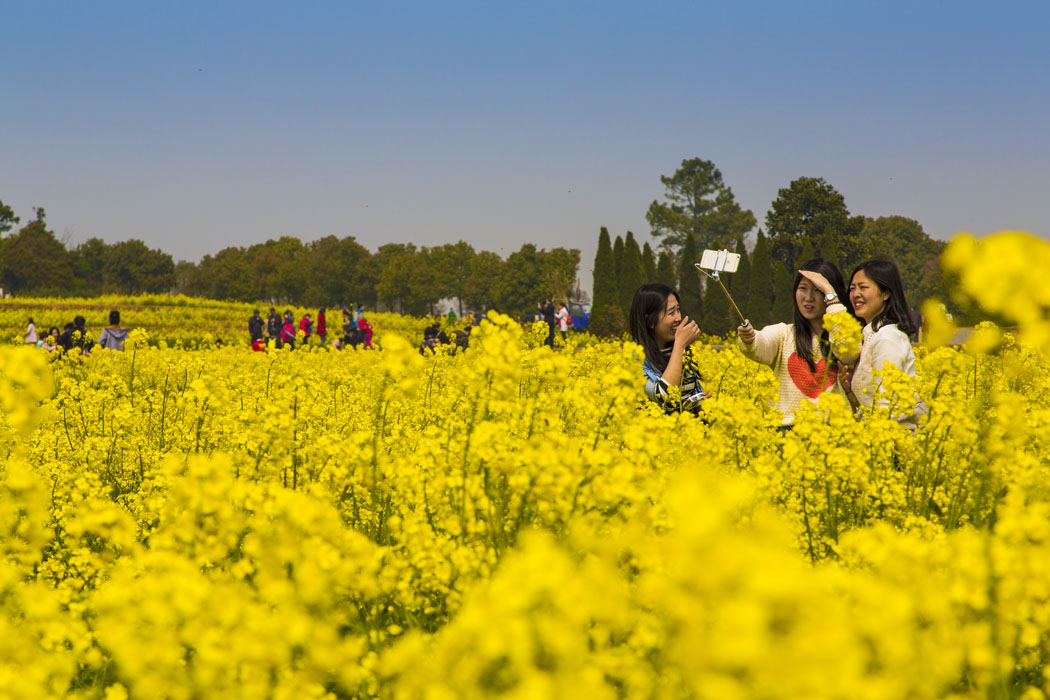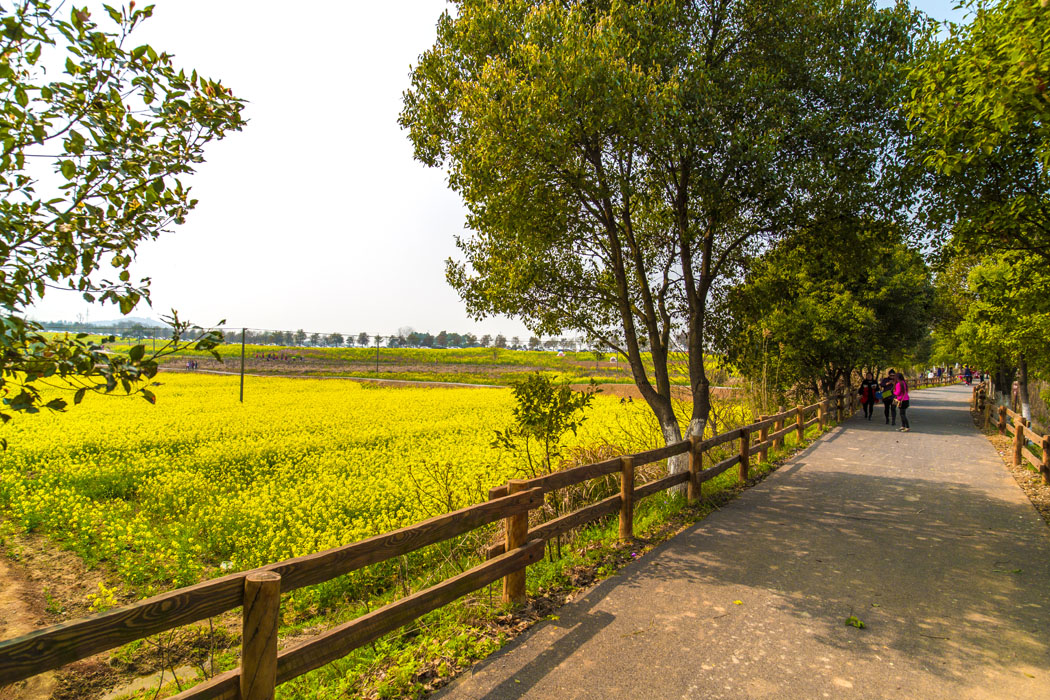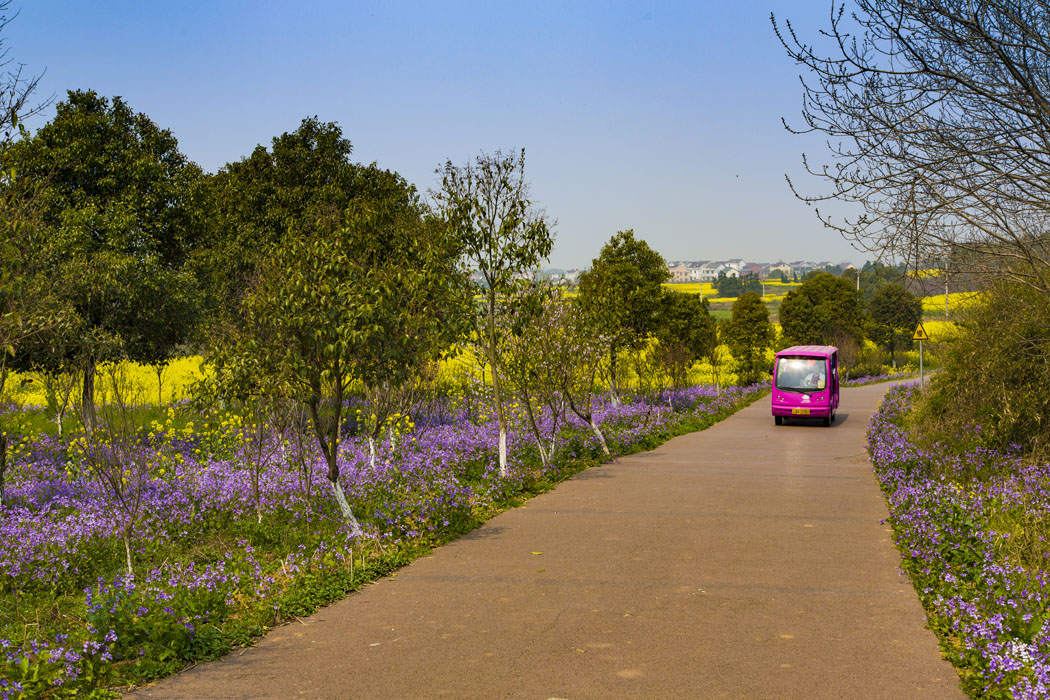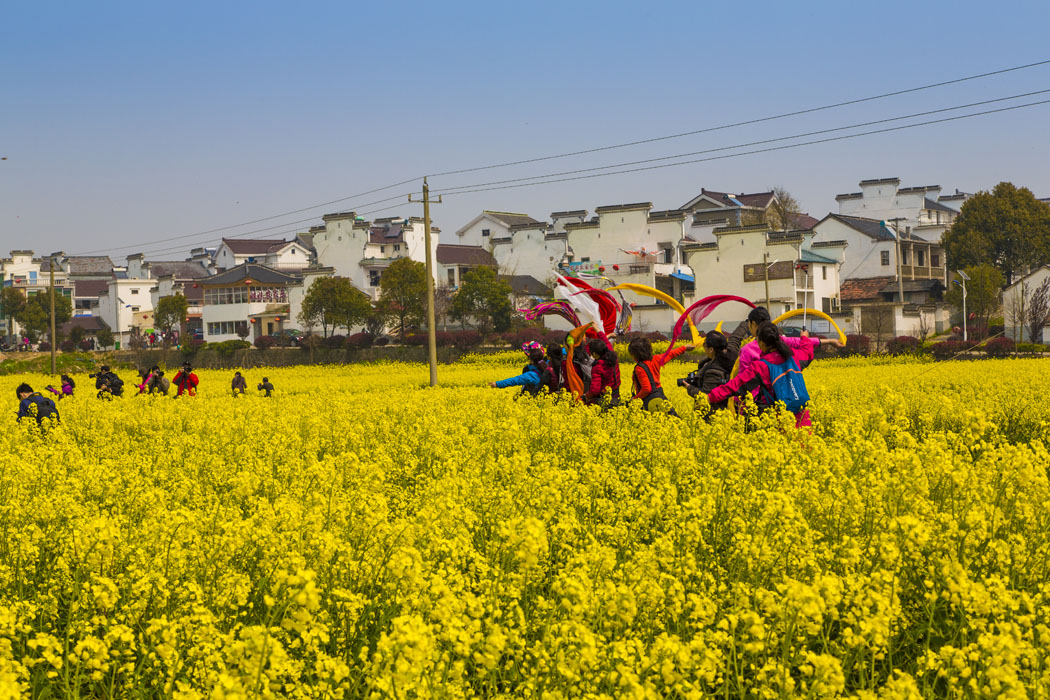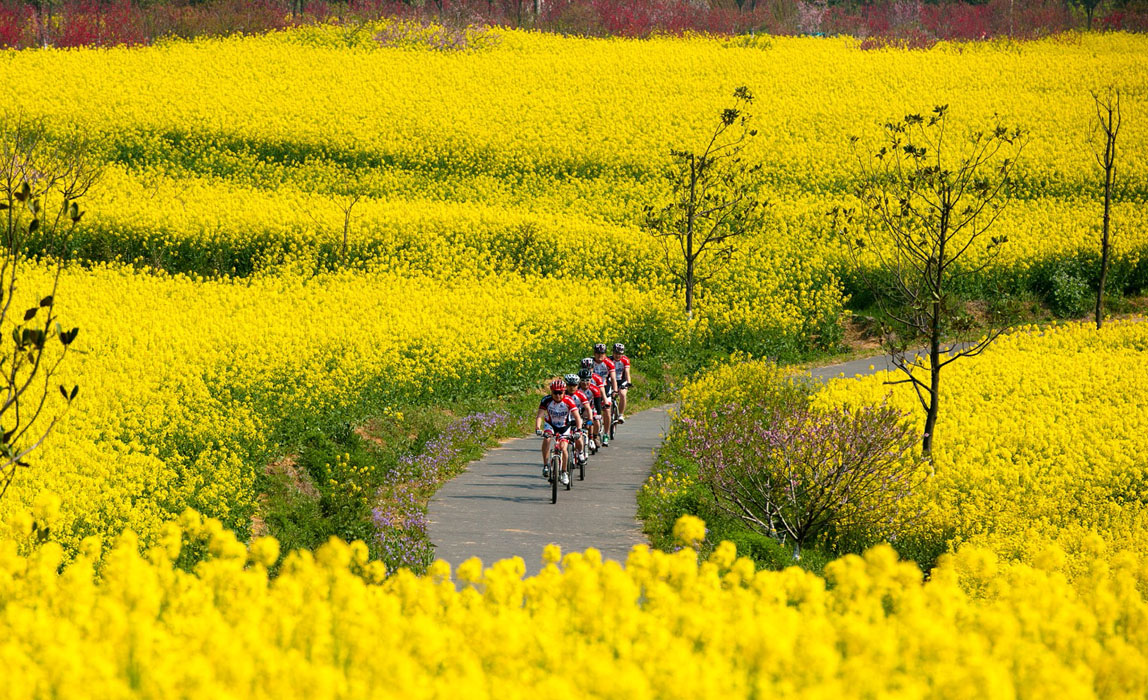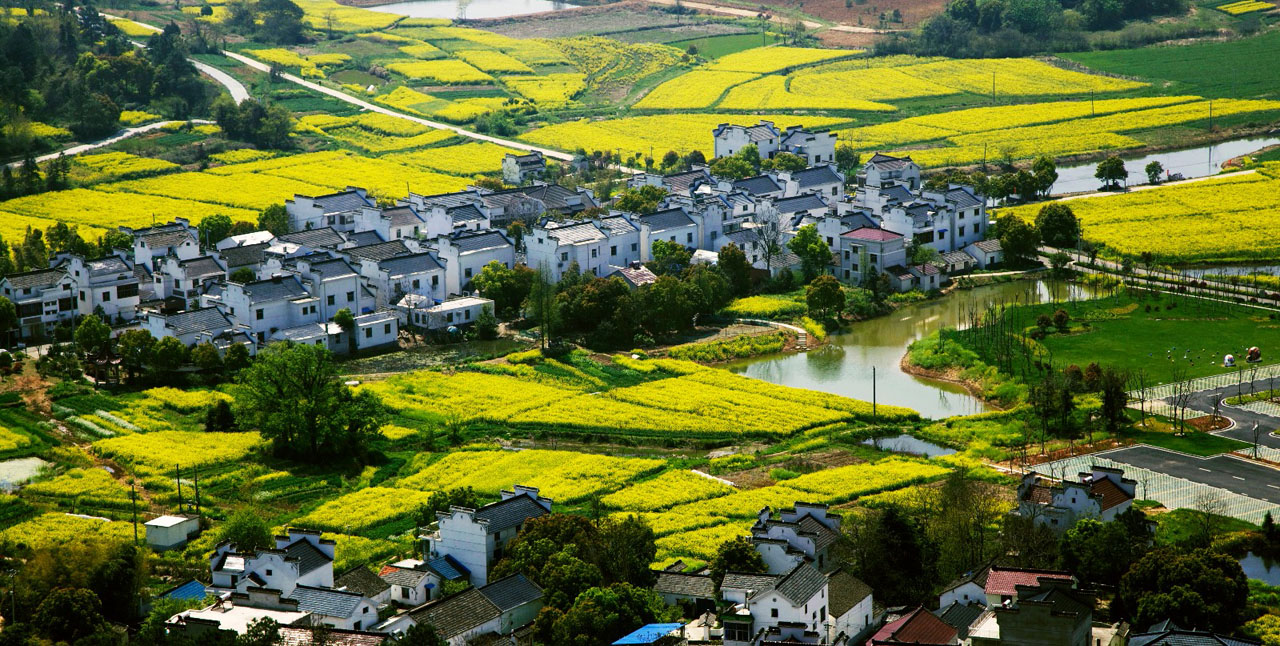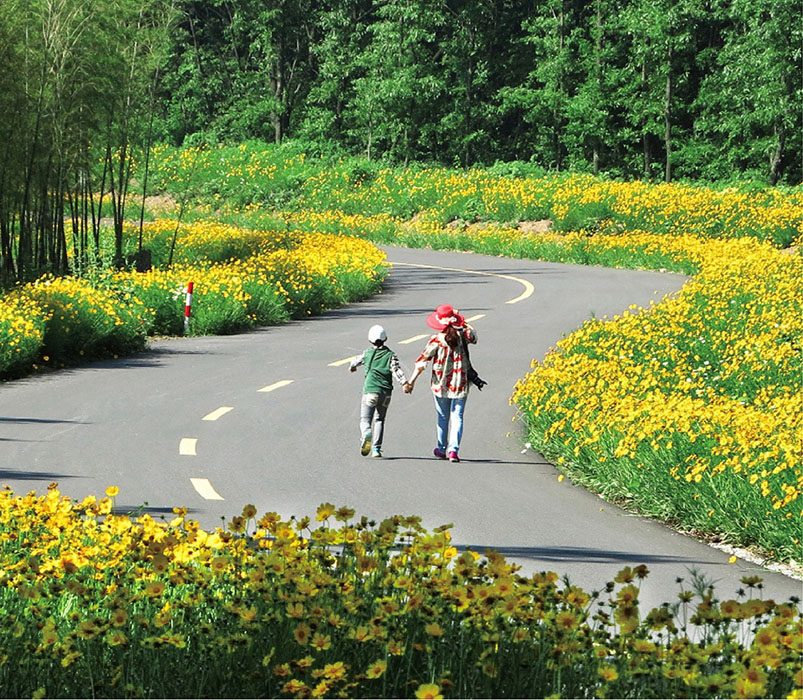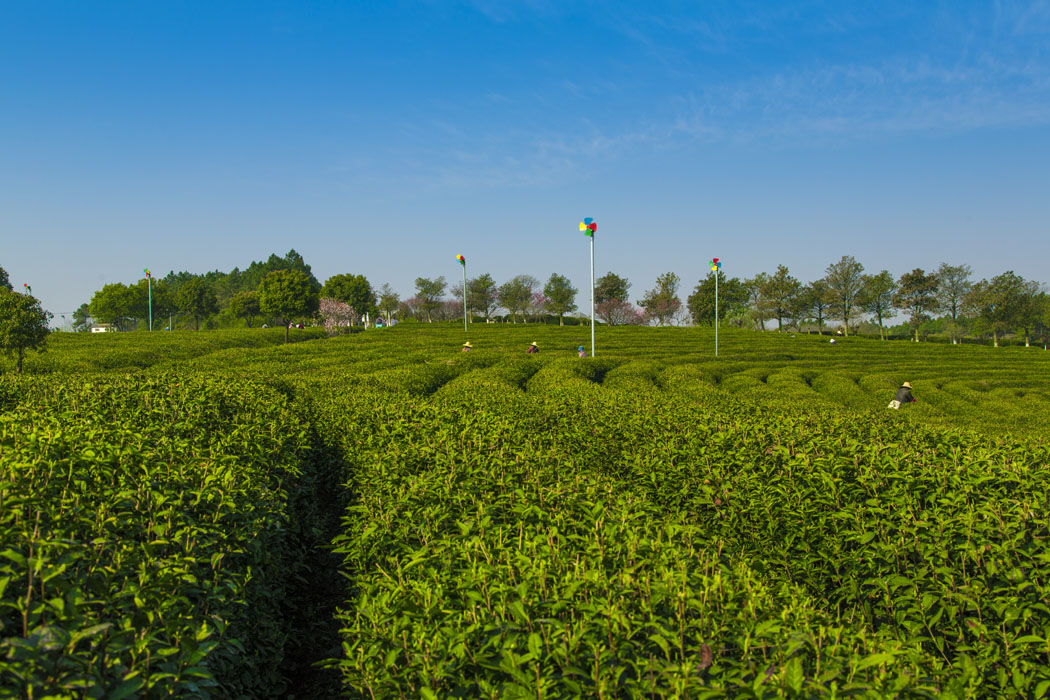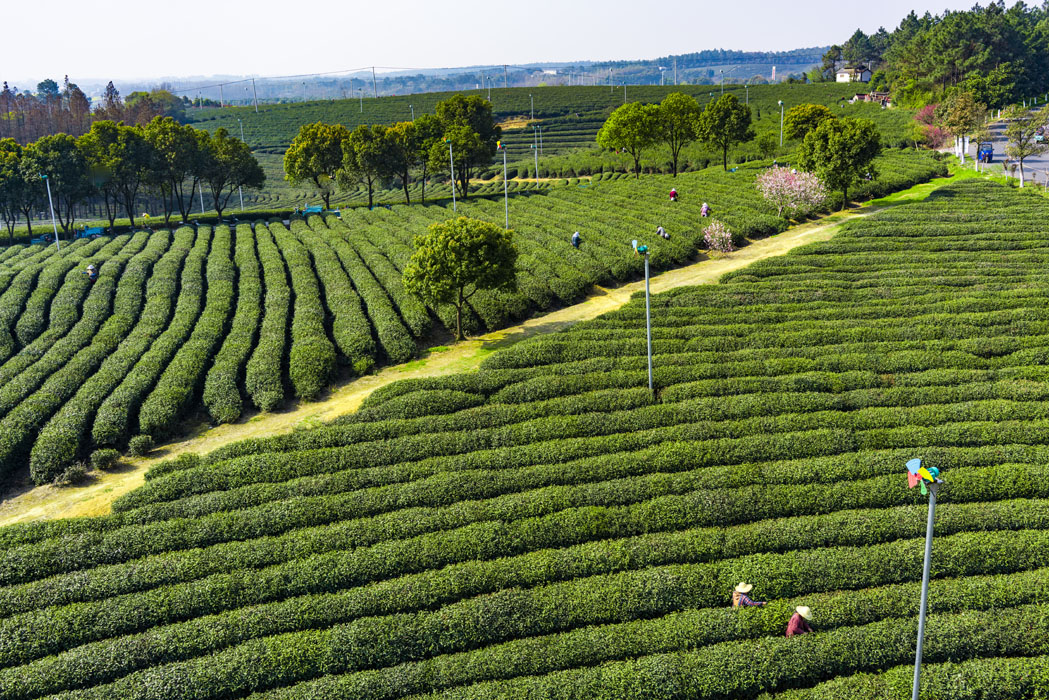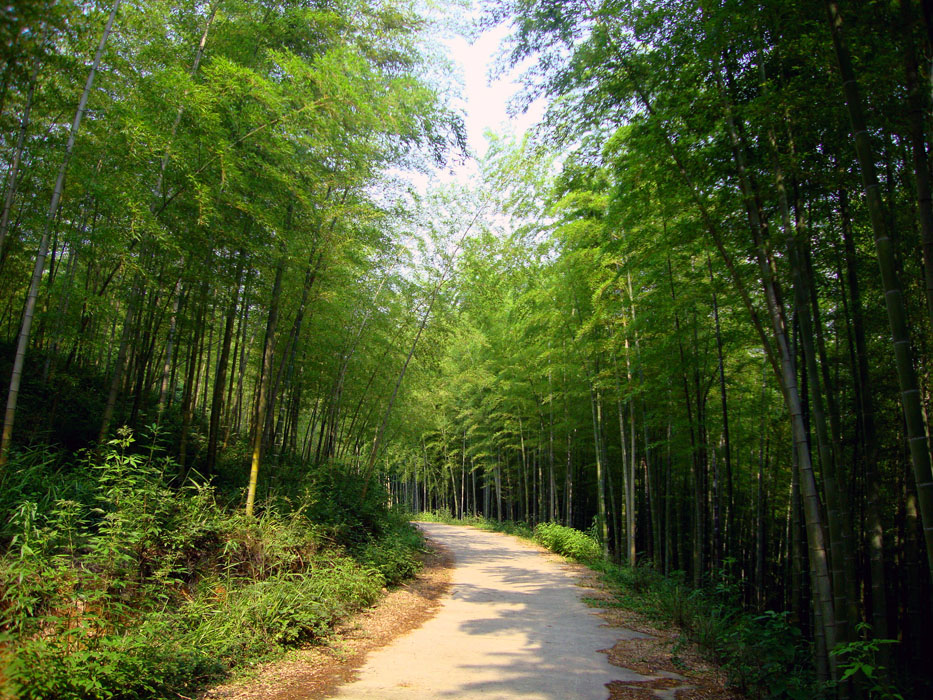Gaochun International Cittaslow Planning
Project Information
- Project Location:
- China Nanjing, Jiangsu
- Project Scale:
- 81.6km²
- Design Time:
- June 2011
- Build Time:
- 2012
- Related Papers
Project Profile
1. Project Statement
The concept of "Slow City" originates from the Slow Food movement initiated in Italy. In 1999, building upon the Slow Food movement, the first "Slow City" conference was held in Orvieto, Italy, proposing a new urban model. Gaochun International Slow City is China's first "Slow City," designated by the International Cittaslow Alliance in 2010.
2. Objective and Challenge
Based on the analysis of international Slow City cases, regional tourism development, and site conditions, this plan identifies four key points for Slow City development: ecological protection, development of traditional industries, creation of a slow lifestyle, and cultural heritage. The positioning of Gaochun International Slow City includes:
Establishing a natural ecological texture of "three parts mountains, two parts water, five parts fields."
Core industries centered around "1+3."
Local cultural environment represented by Wu-Chu culture.
Slow lifestyle represented by the "slow series" of eat, stay, travel, shop, and entertain.
This constructs a "Slow City" urban model and establishes a control system for the sustainable development of Slow Cities.
3. Design Strategy
The spatial development model of Slow Cities planning is divided into four levels:
(1) Ecology: Sound Ecological Systems
Establishing a secure pattern for water systems, vegetation, animals, heritage, recreation, visuals, etc., and refining this security pattern into specific protection modes to build a healthy ecological foundation. Simultaneously, identifying developable land to achieve coordinated protection and development, ensuring sustainable development of Slow Cities.
(2) Landscape: Secure and Diverse Agricultural Landscapes
Adjusting basic farmland areas based on agricultural planting types to enhance agricultural production security. According to the natural conditions of each region's agriculture, developing main agricultural products and creating characteristic agricultural landscapes such as bamboo forests, tea gardens, rapeseed fields, and colorful leaf tree forests along ecological roads. Proposing development plans and control measures for facility agricultural layout affecting the landscape.
(3) Transportation: Primary Tourist Route + Multiple Slow Travel Routes + Multi-level Transfer System
Restricting motor vehicles from entering the Slow City area, with ecological roads serving as the main motor vehicle tourist route, and creating multiple circular routes of electric scooter lanes and bicycle lanes along ecological roads. Establishing transfer centers, post stations, and service points along the route to form a multi-level transfer system, encouraging "slow travel" transportation. Additionally, using dispersed parking lots and a parking reservation and monitoring system to solve motor vehicle parking problems, and using tourist buses to solve public transportation issues.
(4) Projects: Large-scale Tourism Projects Along Ecological Roads + Small-scale Tourism Projects Scattered
Controlling the scale of construction land, arranging important tourism projects and supporting service facilities along ecological roads to form a slow living belt integrating ecological experience, agricultural leisure, cultural heritage, and physical fitness. Rural themed projects such as farmhouse inns, fishing family fun, and ecological parks are scattered across various villages.
4. Conclusion
Since Gaochun International Slow City received certification from the International Cittaslow Association, it has also been designated as a provincial-level tourism resort in Jiangsu Province, "2012 China's Best Leisure Destination," a provincial-level self-driving tour base, and part of the "New Jinling 48 Scenic Spots." With the completion of the Slow City comprehensive plan in 2011 and the partial construction of tourism facilities, Gaochun received 1.18 million visitors and generated economic income of 130 million RMB in 2012. Visitor numbers and economic benefits have continued to grow rapidly at rates of 50% and 80% annually, respectively.
As the first "Slow City" established by the World Cittaslow Alliance in China, Gaochun's planning aims to explore a new rural development model in China amidst rapid urbanization. This model moves away from traditional material space planning limitations, emphasizing lifestyles and advocating the integration of modern technology with traditional ways of life. It aims to build on ecological conservation, organic agriculture, and leisure tourism forming the dominant "1+3" industries, while promoting economic, cultural, and functional revitalization through slow travel, slow food, and slow living.
